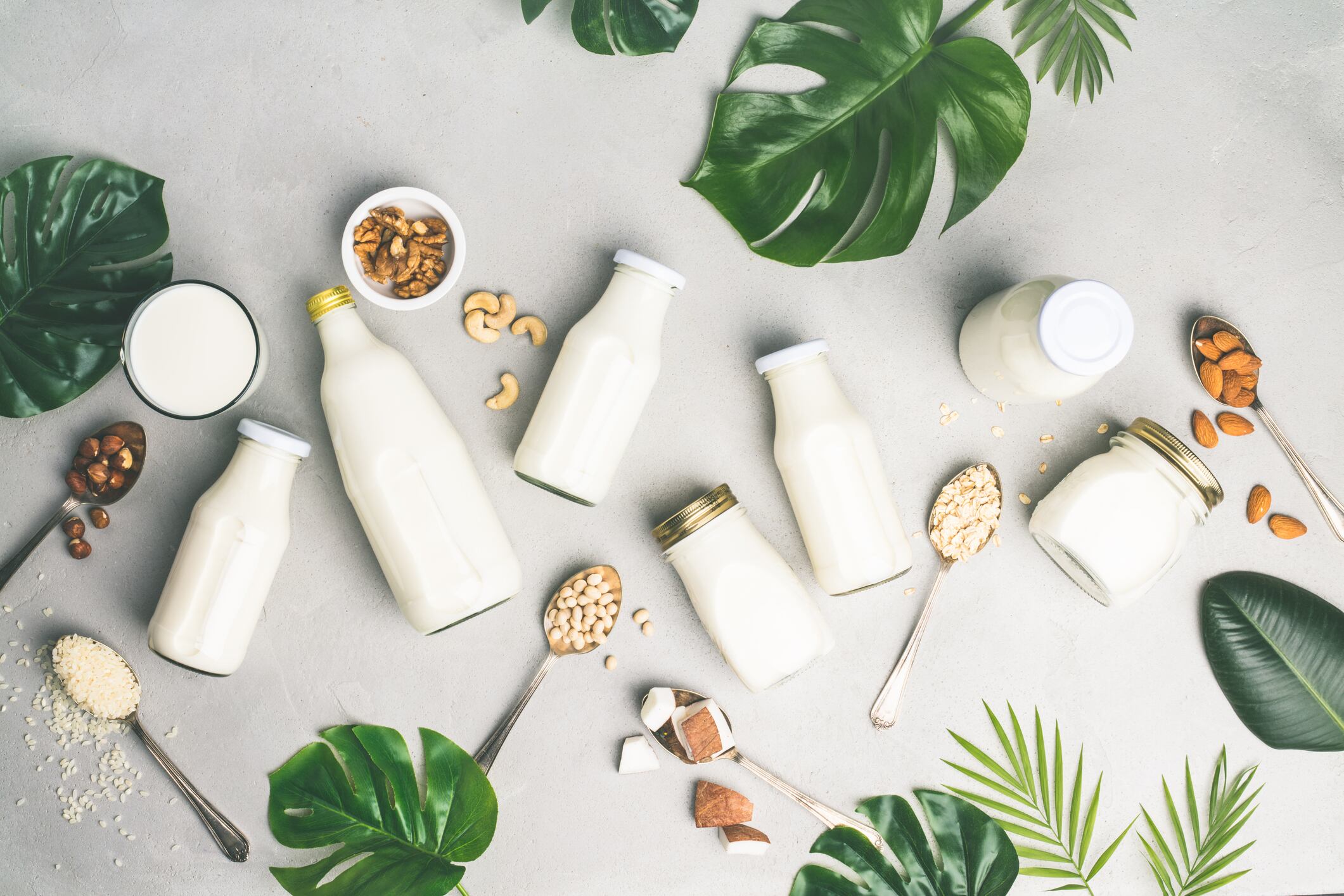Chr. Hansen said its scientists are the first to reveal the mechanism that can explain the main part of the inhibitory effect against yeast and mold spoilage organisms. The findings on the mode of action are documented in a new scientific article featured in the journal Applied and Environmental Microbiology.
With the increasing use of natural lactic acid bacteria, such as Chr. Hansen’s FreshQ food cultures, there has been increasing interest in understanding the underlying mechanisms used by certain lactic acid bacteria to delay the growth of spoilage organisms.
FreshQ food cultures are lactic acid bacteria strains from Chr. Hansen that have been specifically selected for their ability to help protect dairy products against spoilage caused by yeasts and molds.
They offer a natural solution based on traditional principles of fermentation, and Chr. Hansen said they can help make dairy products like yogurt, sour cream and cheeses stay fresh for longer.
Rute Neves, director in Bacterial Physiology, Research & Development, Chr. Hansen, and affiliated professor at DTU (Technical University of Denmark), Bioengineering, said, “What we have discovered and proved is the ability of our good bacteria in the FreshQ cultures to absorb a nutrient in fermented milk that yeast and mold need to grow. This nutrient is called manganese. Through a ‘transporter’ in the bacterial strains the nutrient is removed from the food matrix, preventing the unwanted contaminants to feed on it.”
Chr. Hansen scientists identified in the strains the transporter that absorbs manganese in a specific dairy food matrix. In cooperation with North Carolina State University in the US, the mechanism was proven at genetic level.
According to Peter Thoeysen, director in dairy bioprotection, Chr. Hansen, “We are truly using nature’s own resources to help our customers build their brands, improve quality and reduce food waste while keeping up with market trends for real food with less artificial ingredients.
“Being able to describe exactly how they do this on a scientific level is helping us in the quest to support our customers with even better solutions for even more food types in the future. This manifests our leading role in the bioprotection segment, using the power of good bacteria.”
Study:
Competitive Exclusion Is a Major Bioprotective Mechanism of Lactobacilli against Fungal Spoilage in Fermented Milk Products
Authors: Solvej Siedler, Martin Holm Rau, Susanne Bidstrup, Justin M. Vento, Stina Dissing Aunsbjerg, Elleke F. Bosma, Laura M. McNair, Chase L. Beisel, Ana Rute Neves
Applied and Environmental Biology
DOI: 10.1128/AEM.02312-19

